As roasters, when we talk about our coffees, we tend to consider factors such as the careful sourcing, meticulous roasting and regimented brewing that result in the best flavors. Yet we often tend to ignore the one factor that keeps many of us and our customers coming back to coffee: the caffeine.
Whether we like to admit it or not, caffeine is indeed the world’s most consumed psychoactive drug, and a chief reason why people return to coffee every day. However, as a specialty coffee industry, we have done little to help consumers understand caffeine dosage and delivery. As a result, we tend to field quite a few questions about caffeine from our customers. Here are a few of the most common, along with some of our go-to answers:
How can I get the most caffeine?
Espresso vs. drip coffee?
The short answer is: drip coffee.
Assuming we are comparing a double shot of espresso to a 12-ounce serving of drip coffee or pourover coffee. The reason why? Dosage, or how much coffee you use to brew.
Double shots of espresso vary in dosage depending on the shop. At many modern coffee shops, doubles tend to be stronger, using 17 grams of coffee or more per double shot. Whether to cut costs or to conform to limitations of automatic machines, doubles can be as low as 12-14 grams at other coffee shops.
For drip coffee, a 12-ounce serving can be prepared with as much as 30 grams of coffee. So, assuming a similar extraction level between espresso and drip — we’ll expand on this later — a strong 12-ounce drip coffee can have 100% more caffeine than a double shot of espresso.
Is this always true?
No, absolutely not.
A cup of watery coffee may only be brewed with 10-12 grams of coffee, meaning that a double shot of espresso may be 50% stronger or more. The truth is that it really depends on how the coffee and espresso are being brewed.
As a side note, if getting lifted is your main priority, you may not be better off with a huge cup of cheap coffee. If the operator is trying to cut corners by using less coffee per batch, you may be getting significantly less caffeine in a 20- or 24-ounce coffee than you would from a properly brewed 12-ounce cup.
Dark roast vs. light roast?
This is one of the most common areas of misinformation among consumers and professionals alike. If you’re looking for more caffeine, recently published research suggests the answer is definitively dark roast.
Why? Caffeine is super stable during the roasting process. As coffee is roasted darker, it is losing organic matter but keeping roughly the same amount of caffeine. In other words, a dark-roasted bean weighs less than a lightly roasted bean, but they may contain the same amount of caffeine.
This means that a 25-gram coffee (1 ounce) made with dark roast is going to have more beans than a light roasted coffee using 25 grams of coffee. And because each coffee bean has about the same amount of caffeine, this means the 25 grams of dark roast will contain slightly more caffeine.
If you are a scooper, meaning, you measure by volume rather than by weight, you will experience a less pronounced difference. The density of the dark roast is lower, causing you to use more beans if you are scooping light roast.
What about the coffee variety?
The problem with dark vs. light roast studies, from a consumer perspective, is that they may compare the same green coffee roasted at five different levels. When you are buying coffee at a store or coffee shop, you won’t be able to buy the same green coffee and then choose how you roast it. Your roaster will select different green coffees before roasting them in response to factors such as flavor profile, price and how well those coffees taste at different roast levels.
The variation in caffeine content between varieties of coffee is more variable than the variation between light roast and dark roast. For example, the two major species of coffee are arabica and robusta. Robusta has, on average, double the caffeine content of arabica. It is also significantly cheaper than arabica coffee because it has higher yields and can be grown at lower altitudes, making it cheaper to produce.
To further complicate things for the consumer who is seeking a lift from their coffee, there is a huge variation of caffeine content between arabica coffees. For example, some varieties have half the caffeine content than others, according to a study by Illy:
Why don’t we all drink robusta?
The answer is super simple: It usually doesn’t taste as good. It’s infamously bitter — owing in no small part to its caffeine content — and lacks many of the flavor qualities that we associate with great coffee. It has been a major component of low-quality blends, high-caffeine blends, and some Italian espresso blends, where it is also sometimes selected for its crema.
So what should I do if I want to drink great coffee and get properly caffeinated?
Unfortunately, there may be no clear answer at present for the consumer. Most roasting companies do not test and report information on caffeine. Yes, roast level is one factor to which consumers can adjust, yet other factors such a variety and brew method play an even bigger role. Most roasters simply don’t have the information and, if they do, they’re not typically sharing it with coffee drinkers.
This brings us back to rule number one of coffee drinking: do what you like. Beyond the caffeine, the reason many of us drink coffee is for the ritual, for its warming or cooling comfort, or for the social time it provides. It also happens to be a beverage that is amazingly diverse in flavor and complexity.
For those coffee drinkers seeking a bigger caffeine lift, the compromise may simply be to brew stronger than most recipes suggest.
Here’s one recipe that we’ve found to deliver highly caffeinated yet still delicious coffee:
Any opinions expressed in this piece are solely those of the author/s and do not necessarily represent the views of the Daily Coffee News or its management.
Jon Frech
Jon Frech opened Black Oak Coffee Roasters in Ukiah, California, in 2012. An entrepreneur and lifelong coffee lover, he enjoys experimenting and improving his craft, and exploring the coffee world with his award-winning team.
Comment
1 Comment
Comments are closed.



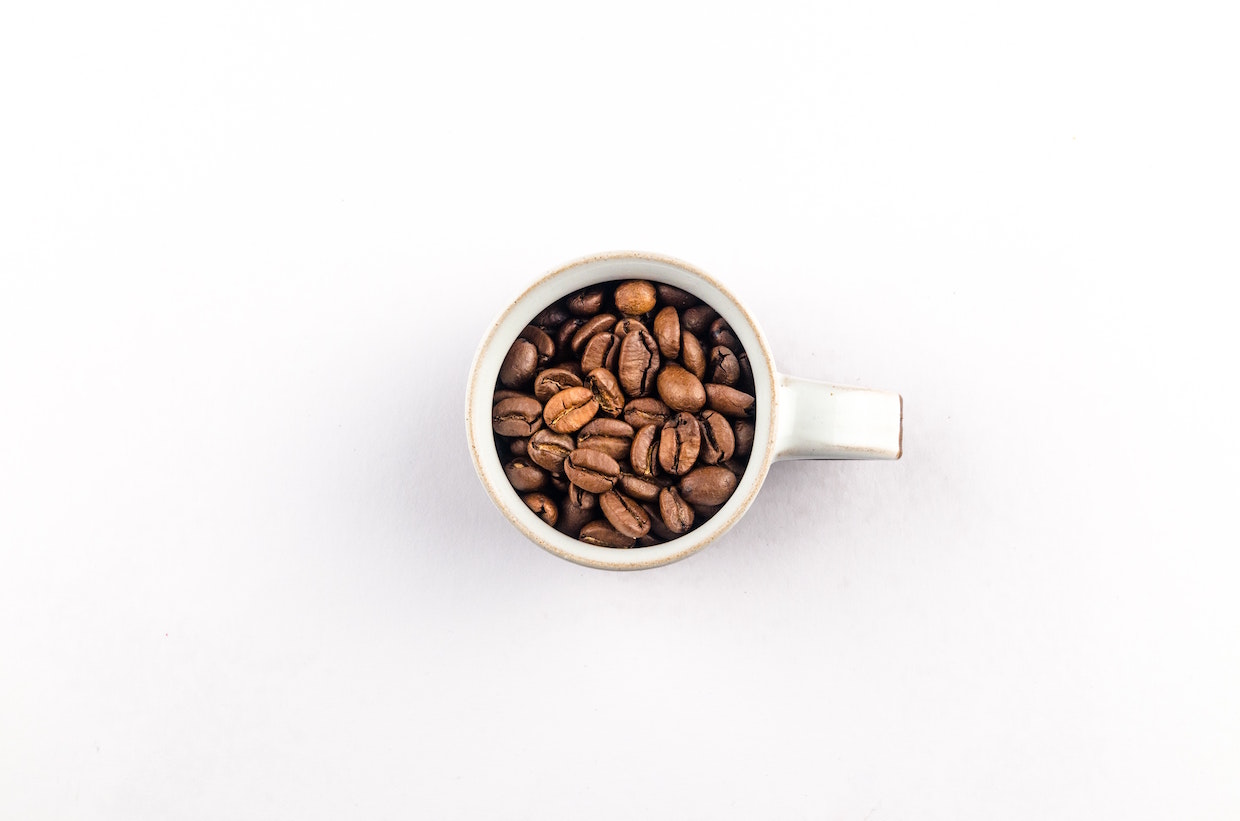

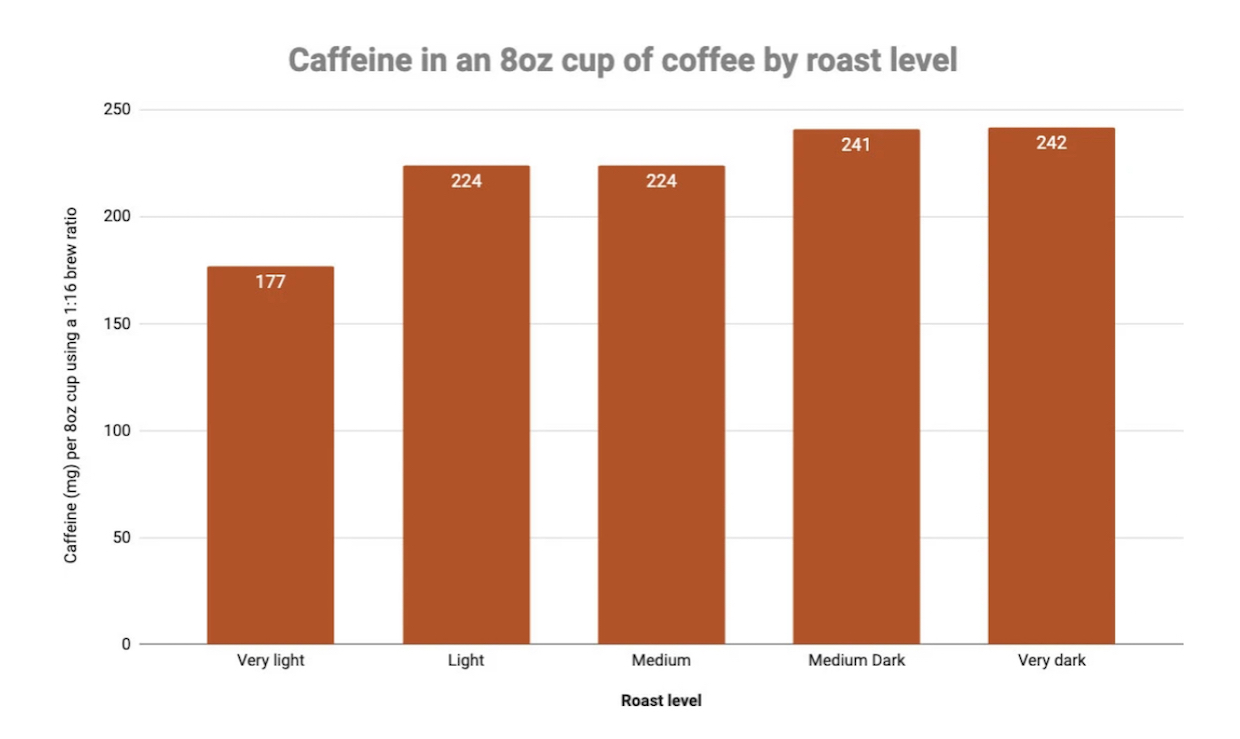
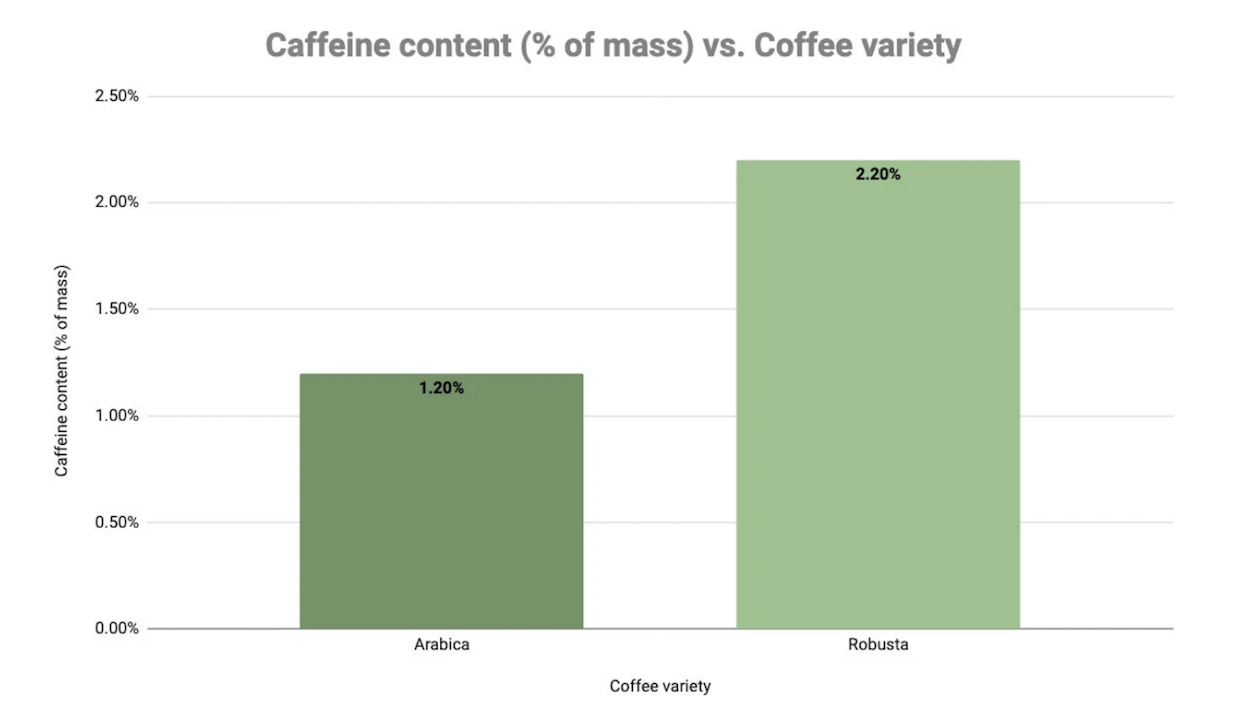
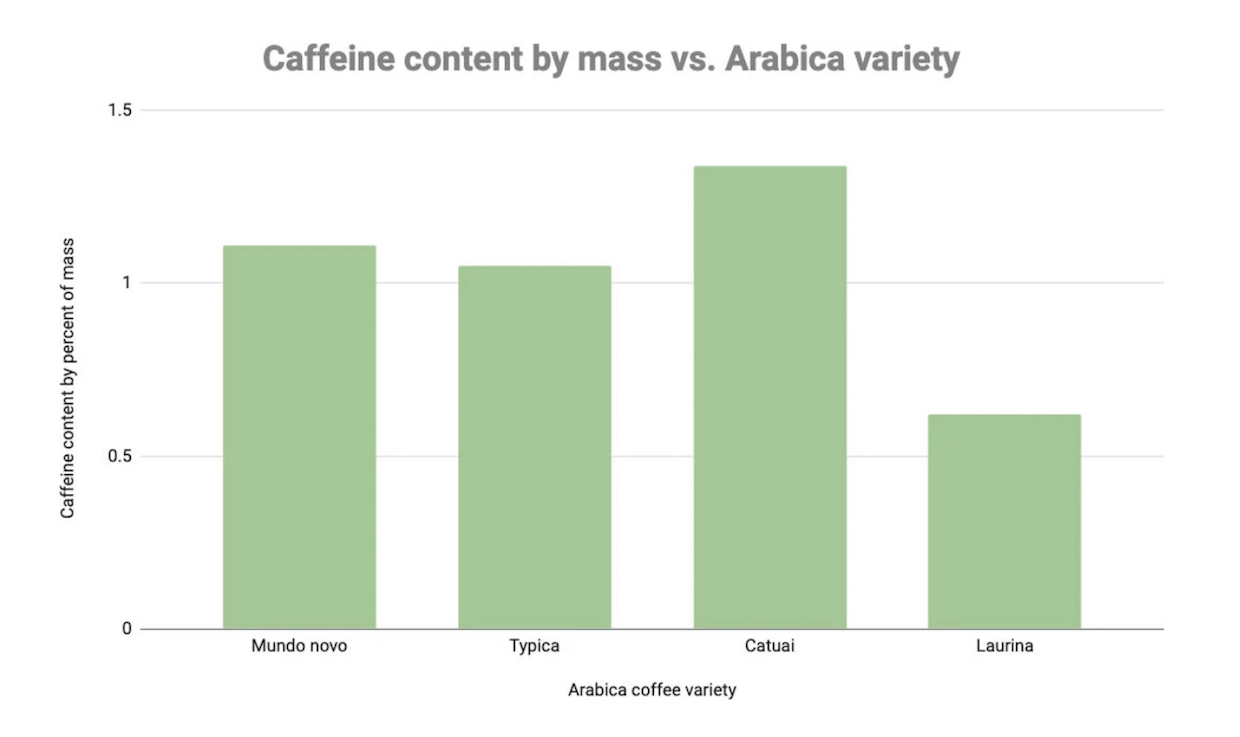
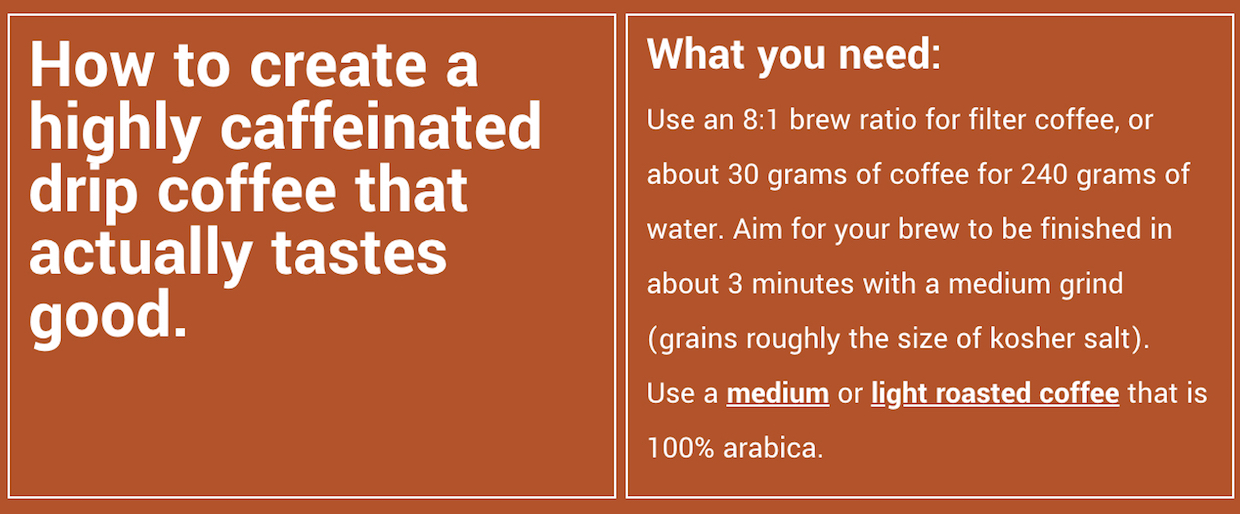



This is the best article. feeling lucky that I found this site. very informative. Here you have explained the difference Dark roast vs. light roast very informative to all.
Thanks for sharing such an informative article.